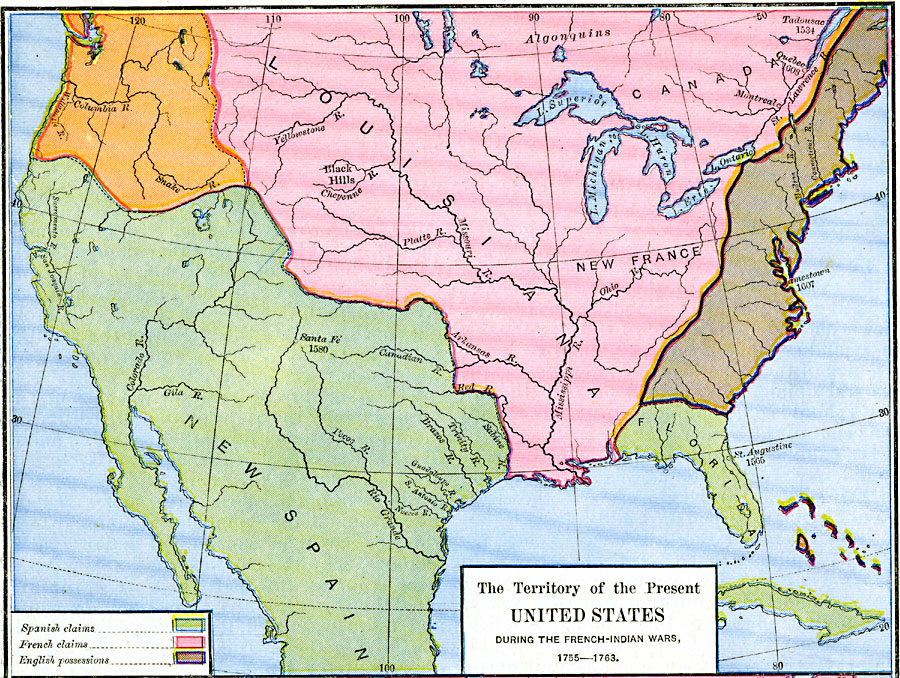On July 8th 1524, Italian explorer Giovanni da Verrazzano returned to France after having roughly surveyed the entire east coast of North America from Florida to Newfoundland. A few months earlier, he had entered New York Harbor – the first European to do so.
Thanks to the late Italian American activist John LaCorte of Brooklyn, that arrival was memorialized in 1964 with a bridge across the harbor named for Verrazzano – not John F. Kennedy, as originally intended. But the Italian explorer’s legacy is greater than landing on Manhattan Island. The nation of France and French-Canadians owe him a debt.
The French claim to parts of North America began on July 8th when Verrazzano reported to King Francis I of his findings, including maps that his brother Girolamo drafted. Francis had been persuaded by Italian merchants in France to replicate what the English and Spanish had done by hiring an Italian navigator to sail west in search of a passage to the Orient. The king provided four ships for the journey, only one of which, La Dauphine, made it back to France. Alas, France could not claim all the lands Verrazzano had mapped for the simple reason that Spain already had a claim on Florida (Ponce de Leon, 1513) and Giovanni Caboto’s voyages gave England the coast north of Florida up to Newfoundland (1497). So where would Verrazzano’s voyage fit in?
Between Nova Scotia and Newfoundland is the entrance to the St Lawrence River. Named the Cabot Strait, Verrazzano suspected that this gap would lead to China – the much sought-after Northwest Passage. He had no time left to pursue this hunch. Essentially, France considered the English coastal claims to be just that – coastal. The English never followed through exploring or settling the Atlantic coast or any deeper into the interior until the failed settlement at Roanoke, Virginia (1585) and a successful one at Jamestown (1607). Further north, Henry Hudson sailed up the Hudson River (1609) and afterward entered Hudson’s Bay, Canada (1610). Before any of these events happened, however, the French followed up on Verrazzano’s voyage by sending Jacques Cartier through Cabot Strait to discover the St Lawrence River (1534).

What the French did was to slip behind the English into North America via the St Lawrence River, taking the hinterland and leaving the English and Spanish along the coast and Caribbean. By 1682, the French had made their way to the Great Lakes and down the Mississippi River, claiming the continent’s interior. That feat was made possible by another Italian working for the French, Enrico Tonti, who spent 25 years along the Mississippi organizing the vast territory and dealing with French fur trappers and the native tribes.
We know that France eventually forfeited Canada to the British in 1763 by losing the French & Indian War. That same treaty ceded their American heartland east of the Mississippi to the British, and the lands west of it to Britain’s ally Spain. But as luck would have it, another Italian named Bonaparte pressured Spain in 1800 to give back to France Spain’s portion of the American heartland. By 1803, Bonaparte flipped this “Louisiana Territory” to a land-hungry United States – one of the great land deals in history.
All this history began with Giovanni da Verrazzano, an aristocrat/seaman from Italy’s Chianti country in Tuscany. He made two more voyages to the New World – one to Brazil and another to the Caribbean. It was this last voyage that was his undoing. Landing on one fruitful-looking island he was captured by natives who dismembered and cooked him, according to his brother Girolamo who watched helplessly from their ship.
Unlike the indigenous people Verrazzano found in North Carolina, of whom he wrote to King Francis “…showed the greatest delight on beholding us,” the Caribs delighted in consuming him.
Next time you gaze upon the Verrazzano Bridge remember what the French owe its namesake, and that not all indigenous people were friendly. -JLM




So those Caribs had their first and probably only taste of Italian food?